It’s always been my dream to have a sunny yard where I can grow my own fruits and vegetables. Unfortunately my little garden in Brooklyn has quite a bit of shade and the soil is questionable. I have certain areas where I have brought in good compost and grow herbs, but other than that I stick to mostly non-edibles.
So when I went to France to visit my father last week, I was very happy to hear that the olives were ready to be harvested. My father has 6 young trees on his property, which doesn’t seem like a lot. It took my sister and me hours to pluck the massive quantities of olives from those trees.
Instead of curing their olives, they have them pressed into olive oil. Their area of France is set up for pressing both olives and grapes. If you have enough of either, you can have your own pressing. If you don’t, like my father, you piggyback with a friend’s harvest. It takes approximately 7 kilos of olives to make 1 liter of oil. We didn’t weigh our harvest, but the baskets were extremely heavy.
When you see the French handpicking their olives, they usually lay a sheet down under the tree to catch the falling olives. That is something I will definitely do next time as we lost quite a few in the lawn. My sister and I enjoyed the experience and I am looking forward to tasting the olive oil that comes of it.
In the first photo below there’s a very old tree that is growing in a friend’s garden. Olive trees grow very slowly and in the mid 1950s there was a terrible frost that mostly killed all of the trees in the region. The trees recovered and sent up new shoots. If you look closely, you can see the old trunk from what didn’t survive the frost and the new shoots are what’s grown in the last 50 years.
-
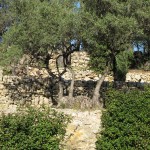
-
Friend’s old tree
-
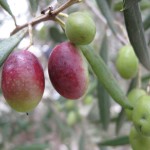
-
Ripening olives
-
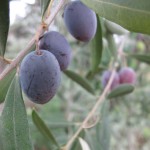
-
Black olives
-
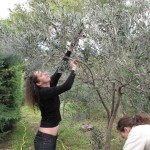
-
Lisa picking from the higher branches
-
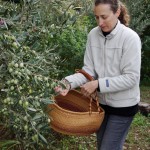
-
Picking while holding a very heavy basket
-
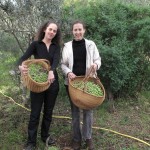
-
Satisfied with harvest
-
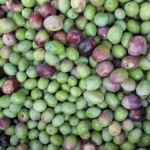
-
Mixed olives
-
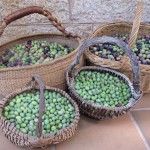
-
Baskets with our harvest








